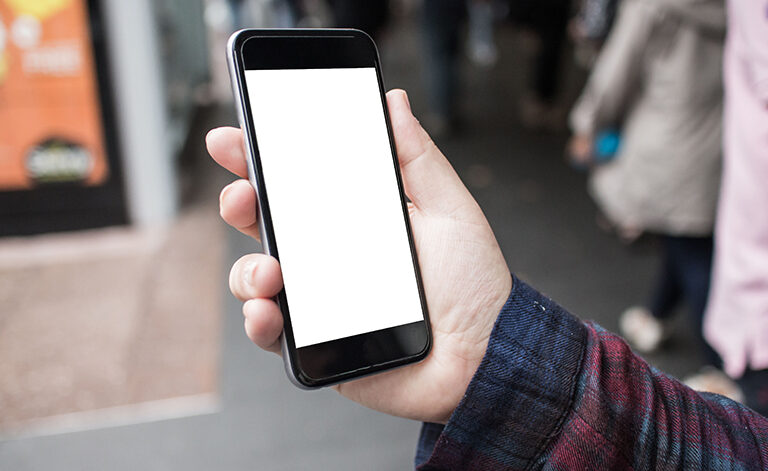What is braille?
Braille is a tactile form of reading for people who have low vision or blindness. It’s a system of raised dots designed to be read with the fingers. The dots are arranged in a rectangular ‘cell’ of six dots, with two vertical columns each containing three dots. As an example, the letter ‘B’ is two dots, one under the other both positioned in the left column.
In English, the standard braille system has 63 characters which includes the 26 letters of the alphabet, punctuation marks and mathematical symbols. There are also more than 150 contractions.

Who invented braille?
Braille is named after Louis Braille, who lived in France during the 19th century. He began developing his system in 1821 when he was just 12 years old. He based his design on an existing system known as “night writing” which had been created for French soldiers to allow them to read after dark. Braille simplified and adapted it for use by people with low vision or blindness, like him.
Although Braille’s system was not widely accepted until after his death, it remains a popular reading method for people with low vision or blindness 200 years after its invention.
World Braille Day is celebrated on 4 January every year to commemorate the birth of Louis Braille. The day also acknowledges that people with low vision or blindness deserve the same standard of human rights as everyone else.
What is braille used for?
Braille is a versatile language system. It can be used for reading and writing all sorts of material including books, documents, maps, and musical notation. It can also be used on ATMs, medicine bottles, on public transport, and in many other instances and places.
How can braille be read and written?
Braille can be embossed on a variety of materials including paper, plastic, metal, and fabric.
Originally, braille was written by hand, but today it’s possible to write braille using a braille embosser which is a type of printer featuring a braille keyboard, and scanners that use a computerised braille translation program.
Refreshable braille displays can be connected to digital devices such as computers and e-readers so that people with low vision and blindness can more easily read emails, website content or digital books. A refreshable braille display has a single line of braille cells that use pins which rise and fall to create braille letters, numbers and punctuation. The characters change to match the information on the connected device. A refreshable braille display can have from 14 to 80 cells of braille and also has Perkins-style keys which can be used to type in braille format.
Can braille be used for different languages?
It’s hard to determine exactly how many languages braille has been adapted for, but it’s well over one hundred and includes French, English, Spanish, German, Russian, Chinese, Japanese, Arabic and Hindi.
At what age can people learn braille?
People learn braille at many different ages. There is no ‘perfect’ time to begin learning braille.
For people with acquired low vision or blindness, braille reading may only become a necessary skill they develop later in their lives. A child who has low vision or blindness from birth can begin learning braille in their early school years and even during kindergarten.
How can I learn braille?
Contact Guide Dogs in your state to find out which organisations can help you learn braille.
You might also like
Ready to continue?
Seems like you have filled this form earlier. Let’s pick up where you left off.










